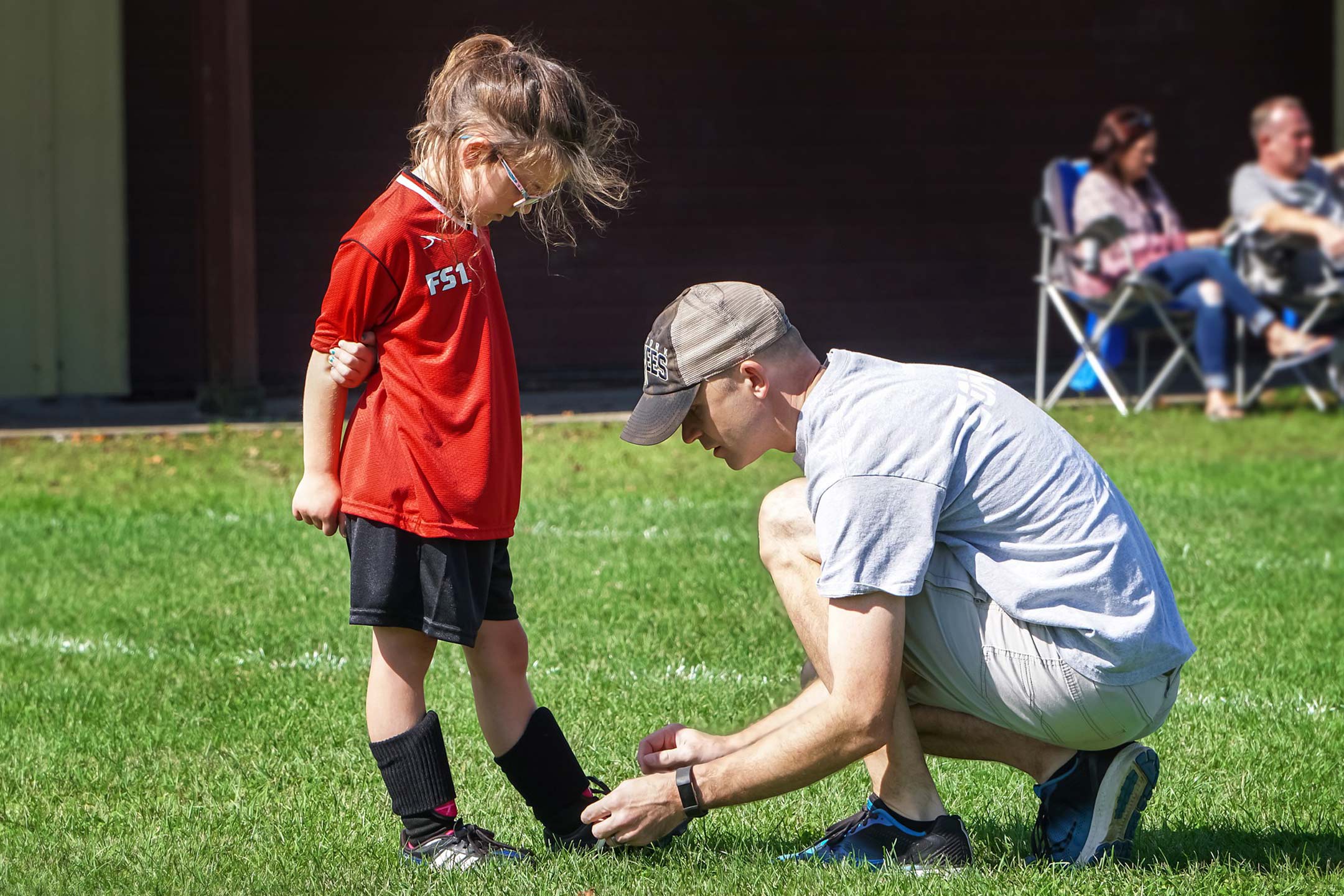
06 Jul Essential Information for Parents, Carers, and Sports Coaches about Childhood Concussion
New Research is providing updated insights into childhood concussions.
Concussions are a growing concern in youth sports, but new research has brought forth game-changing advancements in diagnosing, preventing, and treating these injuries. A series of studies involving experts from the Murdoch Children’s Research Institute has delved into every aspect of concussion management. Published in the British Journal of Sports Medicine, the findings stem from the International Consensus Conference on Concussion in Sport, aiming to establish guidelines and reduce concussion risks.
Key Findings:
- Diagnostic Tools: The research introduces five new diagnostic and management tools tailored for different stages of concussion. These tools, including CRT6, SCAT6, Child SCAT6, SCOAT6, and Child SCOAT6, offer specific strengths depending on when treatment is sought, the child’s age, and who is making the diagnosis.
- Updated Definition: An updated definition of sport-related concussion emphasizes the cause, physiological impacts, and evolution of symptoms.
- “Return to Learn” and “Return to Sport” Strategies: New strategies for the recovery process emphasize rest, exercise, and rehabilitation. Continuing to play after a concussion can prolong recovery, and most athletes are able to return to learning within 10 days. Light-intensity physical activity aids recovery while reducing screen time during the initial 48 hours post-injury has a positive effect.
- Prevention Measures: Mouthguards have been associated with a 26% decrease in sport-related concussions in collision sports. Headgear has shown lower rates of concussion in soccer. Reducing bodychecking in contact sports does not have unintended consequences. Implementation of neuromuscular warm-up programs in rugby has resulted in a significant drop in the concussion rate.
- Retirement and Discontinuation of Sports: There is no specific timing recommended for retiring or discontinuing sports. Decisions should involve clinicians with expertise in traumatic brain injury and sports, considering psychosocial factors, injury-specific factors, sport-specific factors, and persisting symptoms.
- Advanced Technologies: Advanced neuroimaging, fluid-based biomarkers, genetic testing, and emerging technologies have shown promise in assessing the effects of sport-related concussions and tracking neurobiological recovery. Although progress has been made in validating these technologies for concussion management, their clinical relevance is yet to be confirmed.
According to statistics, one in five children will experience a concussion before the age of 10, often due to falls or sports-related activities.
Oliver Radford, 18, who has experienced multiple concussions, shares his personal story. He recounts a football incident where he tackled another player, and the player’s elbow accidentally collided with his jaw. While he wasn’t knocked out, he felt dazed and walked off the field to lie down. In the weeks following the concussion, Oliver experienced sensitivity to light, nausea, and headaches that lasted for months.
Due to the lingering effects of the concussion, Oliver made the decision to give up playing football and became an umpire instead. He emphasizes the importance of having a comprehensive roadmap for concussion management to support players and sporting clubs in better managing recovery.
This research from the Murdoch Children’s Research Institute, provides crucial information for parents, carers, and sports coaches to enhance their understanding of childhood concussions and take necessary precautions to protect young athletes. By implementing the recommended strategies, using appropriate diagnostic tools, and staying informed about the latest advancements, we can ensure the safety and well-being of children participating in sports.
It is essential for parents and carers to recognize the signs and symptoms of concussion:
These can include headache, dizziness, confusion, memory problems, sensitivity to light or noise, nausea, and changes in mood or behaviour. If a child displays any of these symptoms after a fall or during sports activities, it is crucial to seek medical attention promptly to ensure proper diagnosis and appropriate care.

